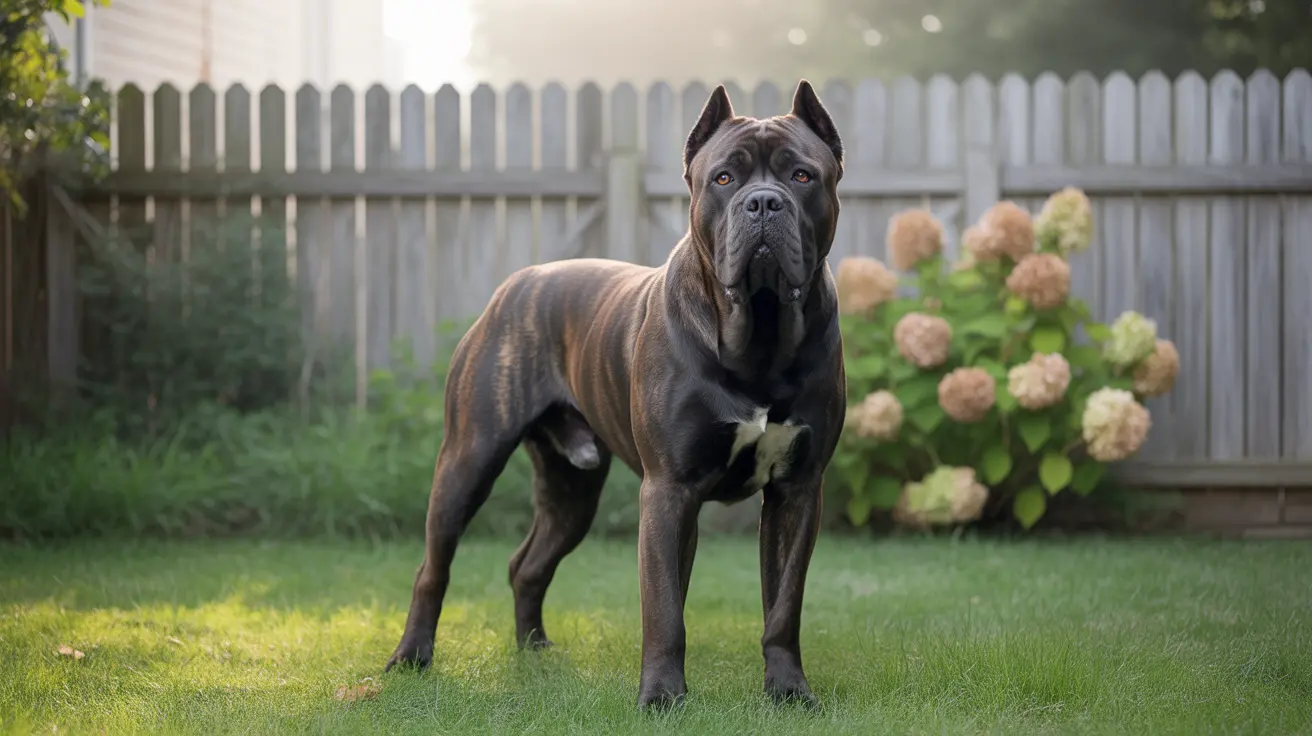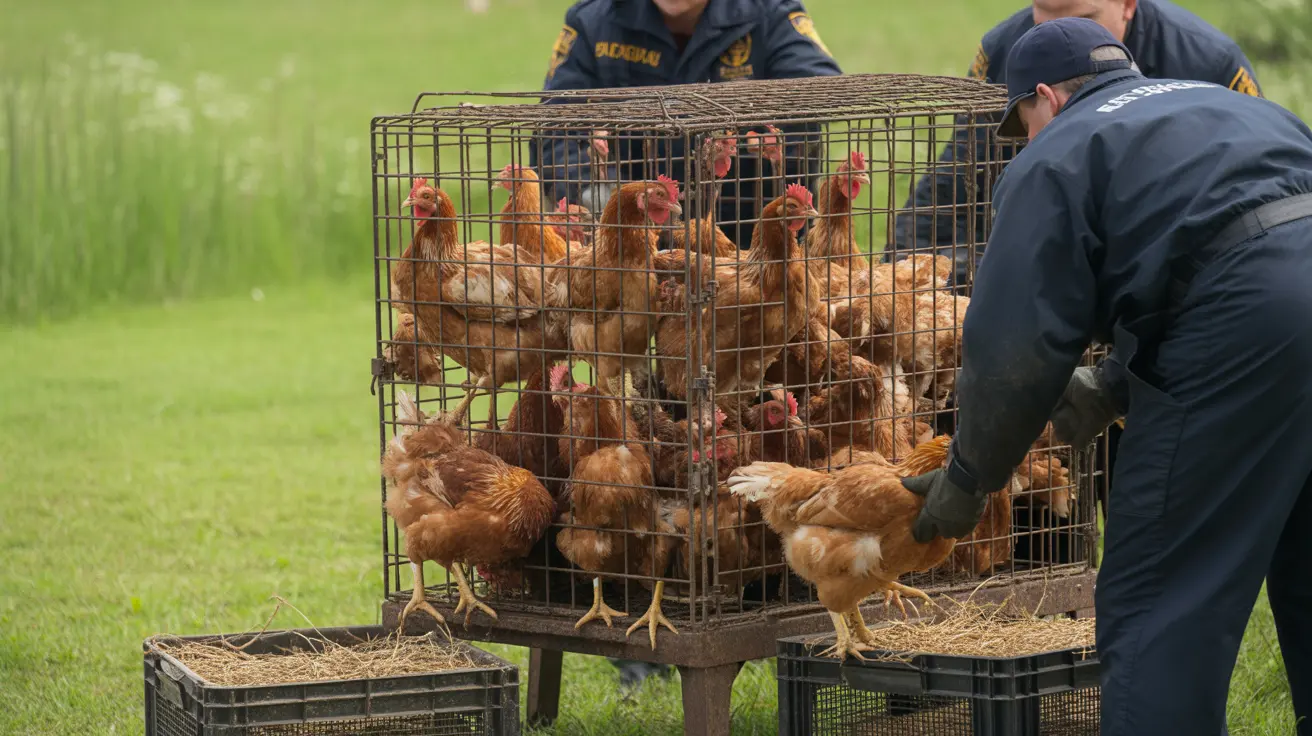Main Differences Between Dogs and Cats
When you compare dogs and cats, you’ll notice they’re both popular pets, but their personalities and behaviors can be worlds apart. While some people adore the loyal companionship of a dog, others prefer the quiet independence of a cat. Let’s dive into what really sets these two animals apart.
Social Behavior
One of the most noticeable differences is how they interact with humans and other animals. Dogs are generally pack animals; they crave social interaction and thrive when they’re part of a group (even if that group is just you). Most dogs love being involved in family activities, whether it’s going for walks or simply lounging on the couch together.
Cats, on the other hand, tend to be more solitary by nature. While many cats do form strong bonds with their owners, they usually enjoy having time alone. You might find your cat napping in a quiet corner or observing from afar rather than seeking constant attention.
Communication Styles
- Dogs: Communicate through barking, wagging tails, body posture, and facial expressions. They often use vocalizations to alert or greet their owners.
- Cats: Use meowing (mainly with humans), purring, hissing, and body language like tail flicks or ear movements. Their communication is often subtler than that of dogs.
Trainability
If you’re looking for a pet that can learn tricks or follow commands easily, dogs are usually the better choice. They respond well to positive reinforcement and can be trained for various tasks—from fetching balls to assisting people with disabilities.
Cats can also be trained (yes, really!), but it takes patience and an understanding of what motivates them—usually food or play. They’re less likely to perform on command simply to please you; their independent streak means they’ll do things on their own terms.
Exercise Needs
- Dogs: Need regular exercise such as walks or playtime outdoors. Larger breeds may require even more activity to stay healthy and happy.
- Cats: Get most of their exercise through indoor play—chasing toys or climbing furniture. Outdoor cats may roam but don’t need structured walks like dogs do.
Lifestyle Compatibility
Your lifestyle can determine which pet suits you best:
- If you have lots of free time and enjoy outdoor activities, a dog might fit right in.
- If you work long hours or travel frequently, a cat’s independent nature could make them easier to care for.
Loyalty vs Independence
- Dogs often display unwavering loyalty—they’ll greet you at the door every day with excitement.
- Cats show affection differently; some will curl up beside you while others prefer nearby but not-too-close company.
Grooming Requirements
- Certain dog breeds require regular grooming (think brushing or haircuts), while others shed minimally.
- Cats generally groom themselves but may need occasional brushing depending on their coat length.
Lifespan Differences
Cats typically live longer than dogs—many housecats reach 15 years or more, while most dogs live around 10-13 years depending on breed size and health factors.
The Bottom Line
The choice between a dog and a cat comes down to your preferences for companionship style, activity level, and daily routine. Both animals bring joy in unique ways—whether it’s the enthusiastic greeting of a dog or the gentle purr of a contented cat curled up nearby.





